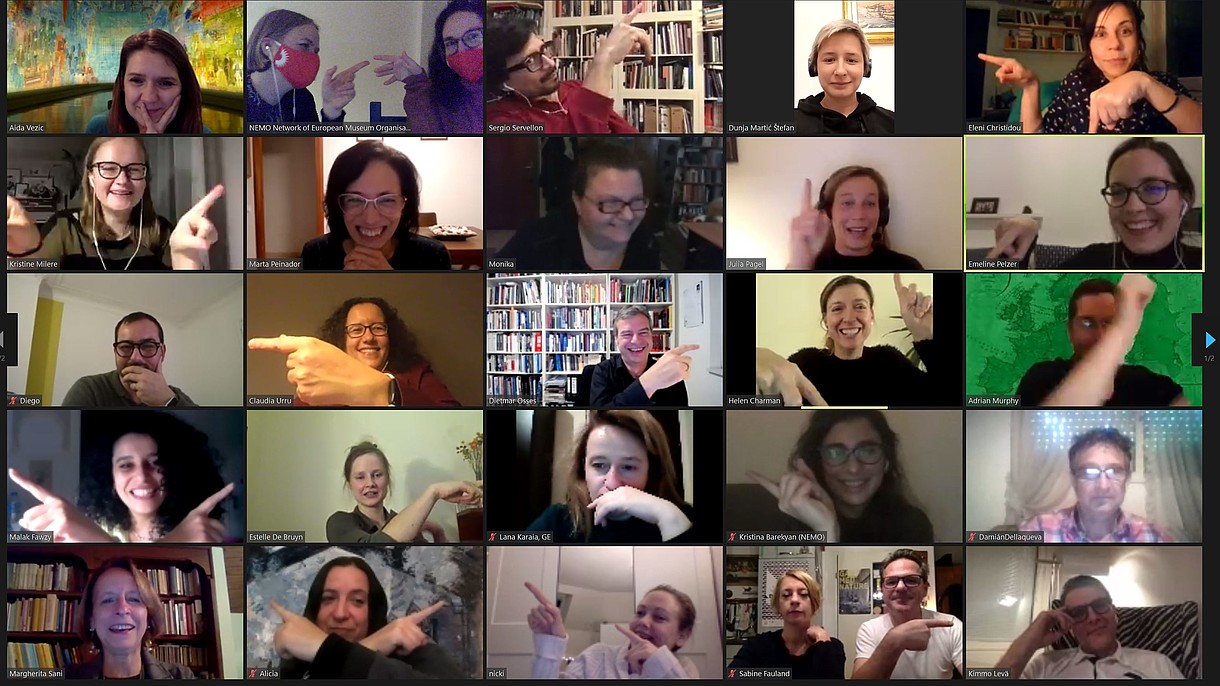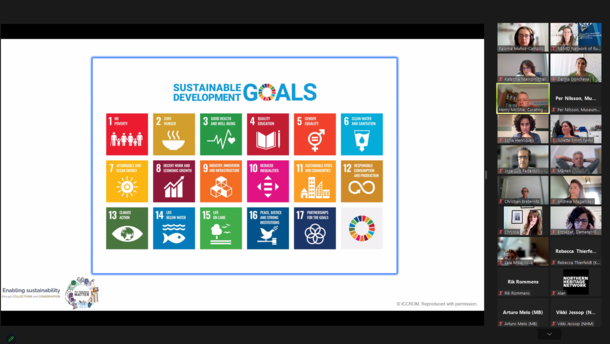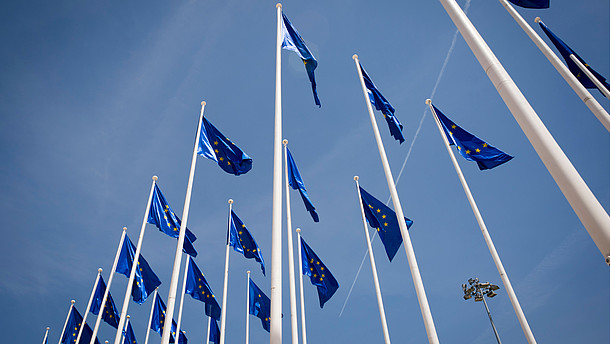During the four conference days, close to 3.000 people logged in to join the different sessions. 50 speakers from 15 different countries inspired the attendees to tackle complex and difficult topics through techniques such as storytelling, museum labs, change processes and multiperspective thinking. Covid-19 and the challenges that the pandemic has brought to the museum sector was examined in a dedicated panel, including a view into the initial results from NEMO’s follow-up survey on the impact of the pandemic on museums.
The online format made it possible for more museum colleagues than ever to come together and feel strength from their international community. The importance of networks in these challenging times was apparent as hundreds of people from across the world joined to get inspired, gain new knowledge and feel connected.
Originally to take place in Rijeka, Croatia, the NEMO European Museum Conference included online tours from two exhibitions that were created within the framework of Rijeka 2020 - European Capital of Culture (ECoC). Four regional museums also joined a special panel that put the spotlight on museums in Rijeka.
- Most sessions were recorded and will be released on NEMO’s website and YouTube channel in the coming weeks.
The conference opened with a strong keynote speech by Richard Sandell (University of Leicester), who spoke aboutdivisionand polarization. He introduced the participants to three different ways of how museums can deal with complex and contested topics, namely through self-censorship, multiperspectivity and museum activism.
In a panel on Complexity, Comprehensibility and Credibility, Dragana Lucija Ratković Aydemir (Muze) spoke about shared ownership of the stories displayed in museums - through collaborative and active listening in the community. David Weigend (Futurium) told the participants about co-design processes and he pointed out that all activities of the museums, exhibitions and workshops can be considered as prototypes that can be changed at any time.
Kaja Širok (National Museum of Contemporary History) raised the question of how to rewrite a past narrative in the panel Understanding Differences – Changing Perspectives. She wanted to encourage people to welcome changing perspective and acknowledge the experiences of others. By sharing different stories and perspectives in a group of people who trust each other, it is possible to influence both the storyteller and the listener. The process generates empathy and understanding. In the same panel, Salma Jreige (Multaka - Museum as Meeting Point) said that true diversity is created when people can tell their own story – from project idea to execution.
In the third panel, the speakers mused about what a new type of museum could look like. Jasminko Halilović (War Childhood Museum) highlighted the idea that the museum is a mosaic of experiences. Not only because of the diversity of the stories that the museum tells – simple objects are tremendous holder of intangible Heritage - but because of the diversity of the reception and of the forms of support. He spoke about the importance of entrepreneurial mindset especially the readiness to take risks, to find partners and build trust by different stakeholders. Cathy Ashton (People’s History Museum) spoke about the collection of people’s histories, of people’s stories as a commitment for democracy and as a tool to show stories which could tend to go underground.
Three webinars took place during the conference. Lisa Baxter (The Experience Business) and Jan Warnecke (Württemberg State Museum) gave insights into how to successfully establish visitor experience planning for the museum to remain relevant. Caitlin Southwick (Ki Culture) inspired us all to work sustainably. The third webinar explained the value of European funding and cooperation and was facilitated by Margherita Sani (Istituto Beni Culturali Regione Emilia-Romagna), Lodewijk Kuiper (Netherlands Museums Association), Jenny Siung (Chester Beatty) and Pirjo Hamari (Finnish Heritage Agency). The conference participants also got insights into two of NEMO’s current partner projects in a talk moderated by Julia Pagel (NEMO).
On the last conference day, NEMO's members met online for the 28th Annual General Meeting and in the evening the participants got social and showed of their skills in a museum themed pub quiz.





